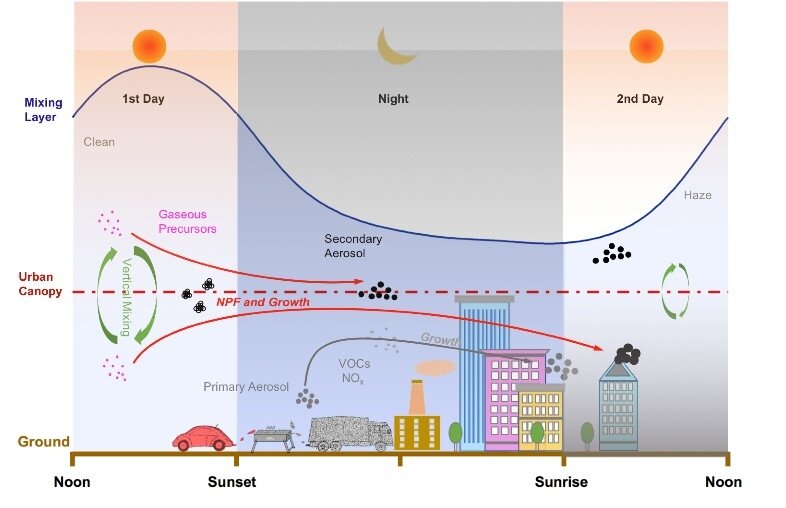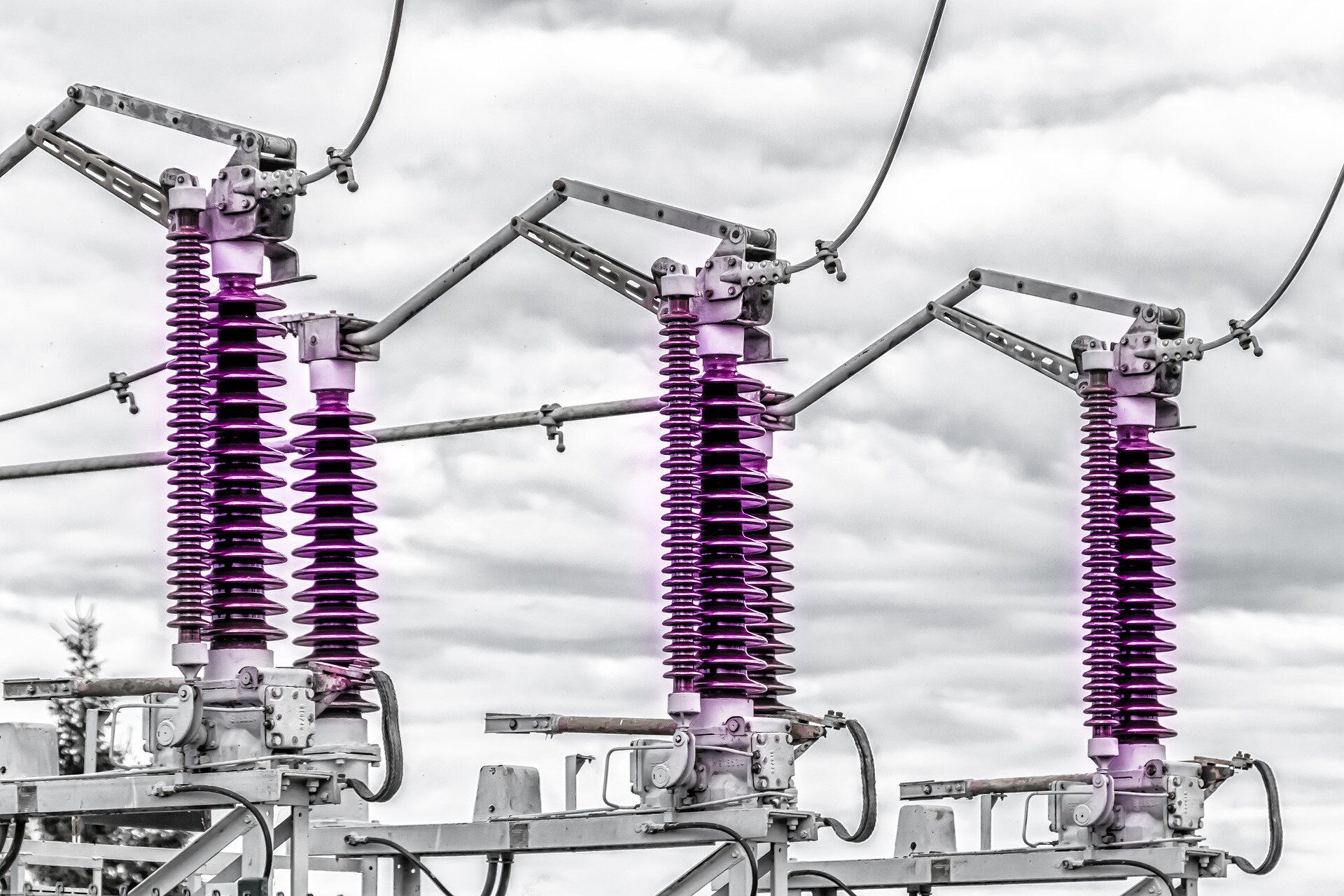#Local emissions amplify regional haze and particle growth

“#Local emissions amplify regional haze and particle growth”

New particle formation (NPF) is a major source of aerosol particles in the global atmosphere. In polluted megacities, such as Beijing, the role of new particle formation events and their contribution to haze formation through subsequent growth is still unclear.
To improve the understanding of the sources, meteorological conditions, and chemistry behind air pollution, the research teams led by Prof. Yele Sun with the Institute of Atmospheric Physics at the Chinese Academy of Sciences and Prof. Markku Kulmala with the University of Helsinki performed simultaneous measurements of aerosol composition and particle number size distributions at ground level and at 260 m in central Beijing, China, during a total of 4 months in 2015-2017. Their study was recently published in npj Climate and Atmospheric Science.
“The haze formation is initiated by the growth of freshly formed particles at both ground level and city aloft. However, the haze was more severe at ground level because of higher particle growth rates due to the impacts of local primary particles and gaseous precursors.” said Prof. Sun.
According to Prof. Sun, the particle growth creates a feedback loop, in which a further development of haze increases the atmospheric stability. It in turn strengthens the persisting apparent decoupling between the two heights and increases the severity of haze at ground level.
The team further complemented the field observations with NAQPMS+APM model analyses, and found that the haze associated with NPF and growth was formed on a regional scale in Beijing-Tianjin-Hebei area. Prof. Sun said, “The growth of NPF-originated particles accounts for around 60% of the accumulation mode particles, and drives the haze formation in the Beijing-Tianjin-Hebei area.”
The team also performed simulations on how emission reductions would affect haze development. “Concentration of both primary and secondary particles in the accumulation mode would decrease drastically, and the haze formation would be reduced if the emission cuts are higher than 30%,” concluded Prof. Sun. “Our results show that a reduction in anthropogenic gaseous precursors can suppress particle growth, and therefore is a critical step for haze alleviation.”
A chemical cocktail of air pollution in Beijing, China during COVID-19 outbreak
Wei Du et al, A 3D study on the amplification of regional haze and particle growth by local emissions, npj Climate and Atmospheric Science (2021). DOI: 10.1038/s41612-020-00156-5
Citation:
Local emissions amplify regional haze and particle growth (2021, January 29)
retrieved 30 January 2021
from https://phys.org/news/2021-01-local-emissions-amplify-regional-haze.html
This document is subject to copyright. Apart from any fair dealing for the purpose of private study or research, no
part may be reproduced without the written permission. The content is provided for information purposes only.
If you liked the article, do not forget to share it with your friends. Follow us on Google News too, click on the star and choose us from your favorites.
For forums sites go to Forum.BuradaBiliyorum.Com
If you want to read more Like this articles, you can visit our Science category.



